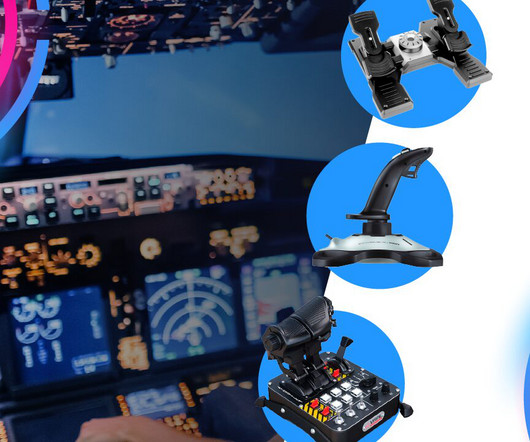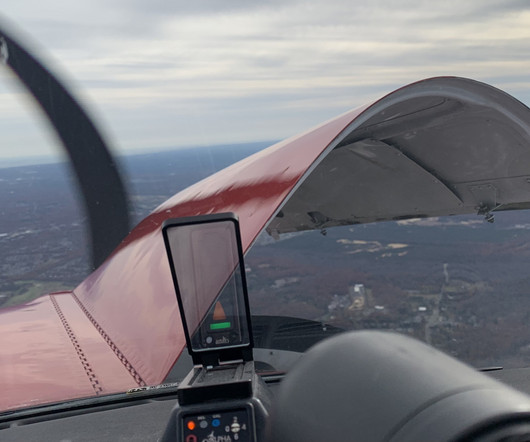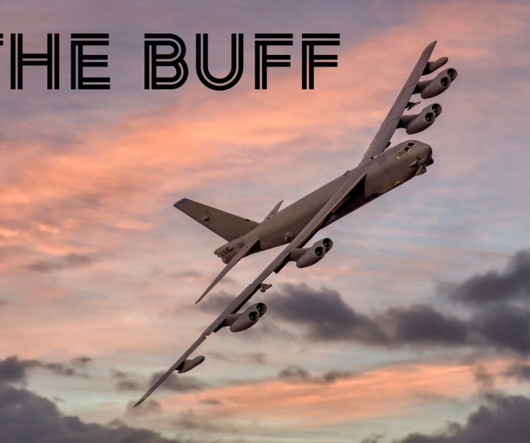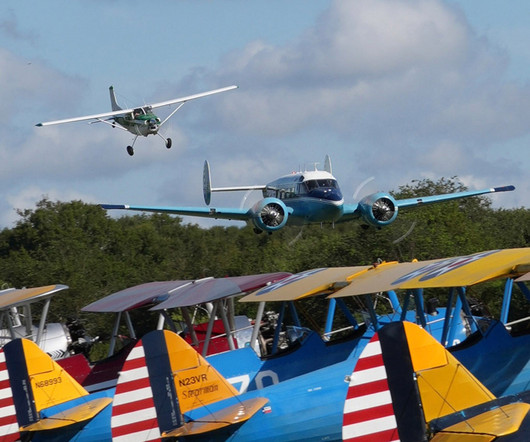The Complete Home Flight Simulator Setup Guide (2025)
Pilot Institute
FEBRUARY 19, 2025
Or perhaps you’re designing a fully-fledged cockpit that rivals real-world flight training rigs. Anyone who’s tried to enter a sideslip during a crosswind landing with a twist grip knows how hard it is. The Crosswinds use Hall sensors for both rudder and brakes, making them very precise. It all depends on your goals.

















Let's personalize your content